33 Wild Animals in Malaysia [Wildlife in Malaysia]
Want to know more about the wildlife in Malaysia?
Discover 33 wild animals in Malaysia in this post, as well as interesting facts about them. 🇲🇾
Learn All About Malaysian Animals
Ready to learn all about Malaysian animals?
I’ve always been fascinated by animals, and by how they can be so different from one country to another. In this guide, we’ll focus on the many animals Malaysia has on the land, in the sky, and underwater.
I’ve split the guide into 5 categories:
- Native animals from Malaysia
- Endangered animals of Malaysia
- What is the national animal of Malaysia?
- How many animals native to Malaysia?
- What animal only lives in Malaysia?
Let’s dive in right away with our first category!
Native Animals of Malaysia
Malaysia is an Asian country located in the southeastern part of the continent, separated in two by the South China sea. It is one of the 17 megadiverse countries in the world (having about 20 percent of the world’s species!), is multiethnic and multicultural, and it used to be a British colony. It is bordered by Thailand, Brunei, and Indonesia, and although its administrative capital is Putrajaya, its judicial and ceremonial center and capital city is Kuala Lumpur, which counts more than 1,782,000 inhabitants (but more than 7,564,000 if you include the metropolitan area!).
An interesting part of the country that I wanted to tackle is its wildlife. In light of that, I have listed the best of it, and I hope you will love learning what animals live in Malaysia.
Here’s the Malaysia animals list.
1. Malayan tiger
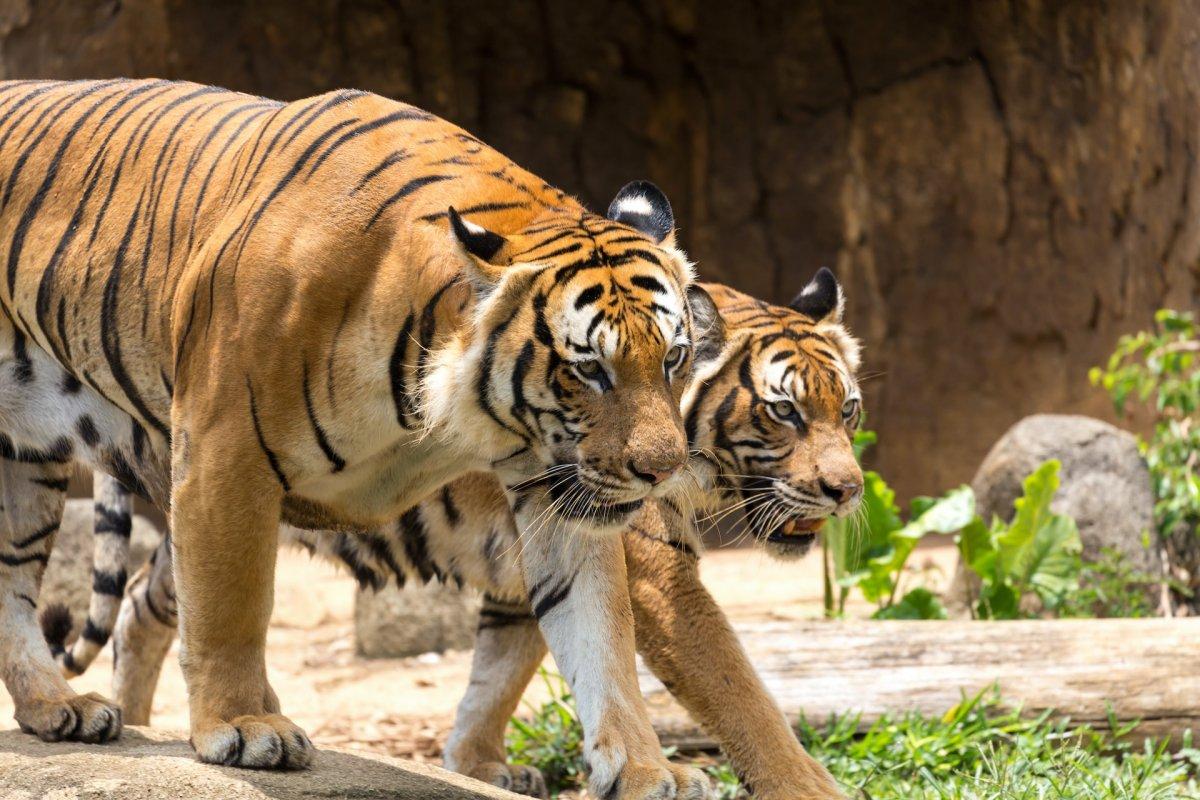
- Name: Malayan tiger
- Scientific name: Panthera tigris tigris
- Conservation status:
The Malayan tiger is a subspecies of the tiger. It is endemic to the Malay Peninsula and has been listed as critically endangered since 2014 due to its extremely low numbers (80 to 120 mature individuals), habitat loss, and poaching. Its population is on a continuous decline, and it is very close to the Indochinese tiger.
This tiger mainly preys on several species of deers, boars and pigs, and goats. Sometimes, this dreadful, powerful predator also attacks sun bears, young elephants, and rhinoceros calves.
2. Sun bear
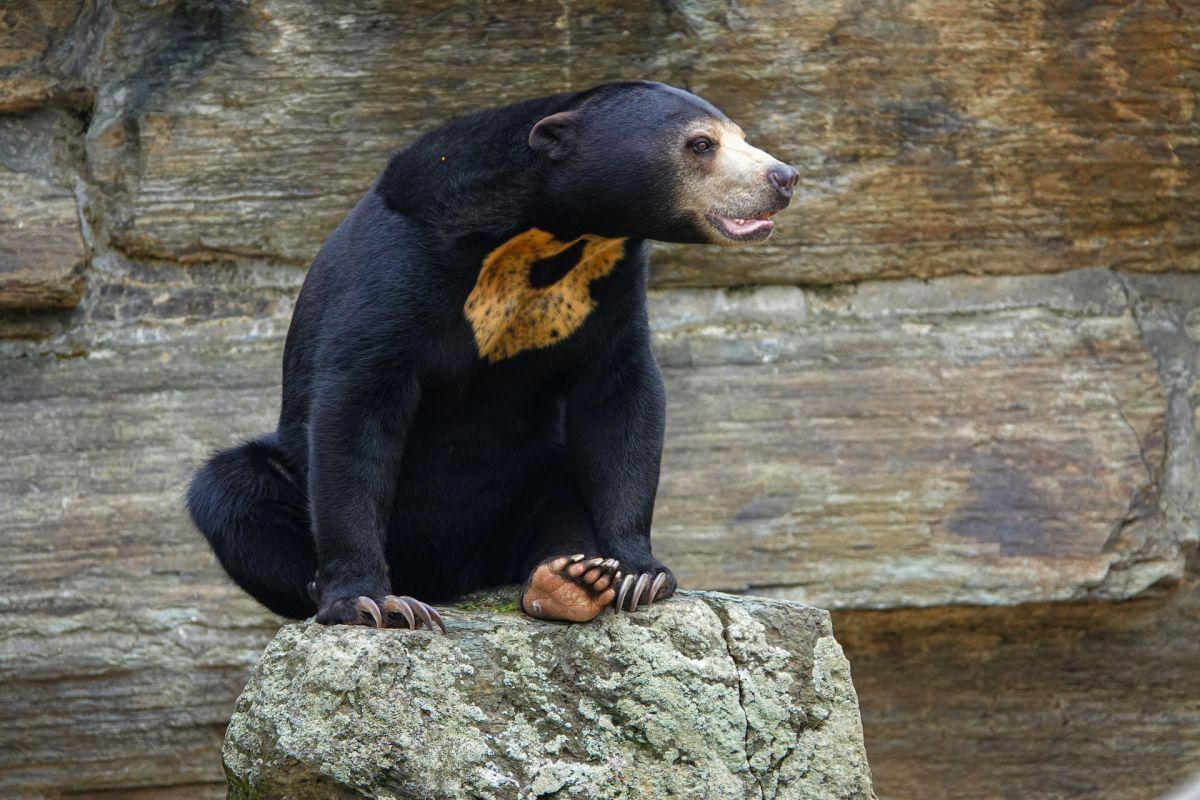
- Name: Sun bear
- Scientific name: Helarctos malayanus
- Conservation status:
The sun bear is a very interesting species of bear. Not only is it the most arboreal of all bears, but it is also the smallest of them. However, it is still stockily built and has large paws, making it a formidable opponent.
This bear is considered vulnerable to extinction because of illegal hunting for food and the wildlife trade, habitat loss due to deforestation, and persecution. Over the past 30 years, more than 35 percent of sun bears have disappeared.
3. Saltwater crocodile
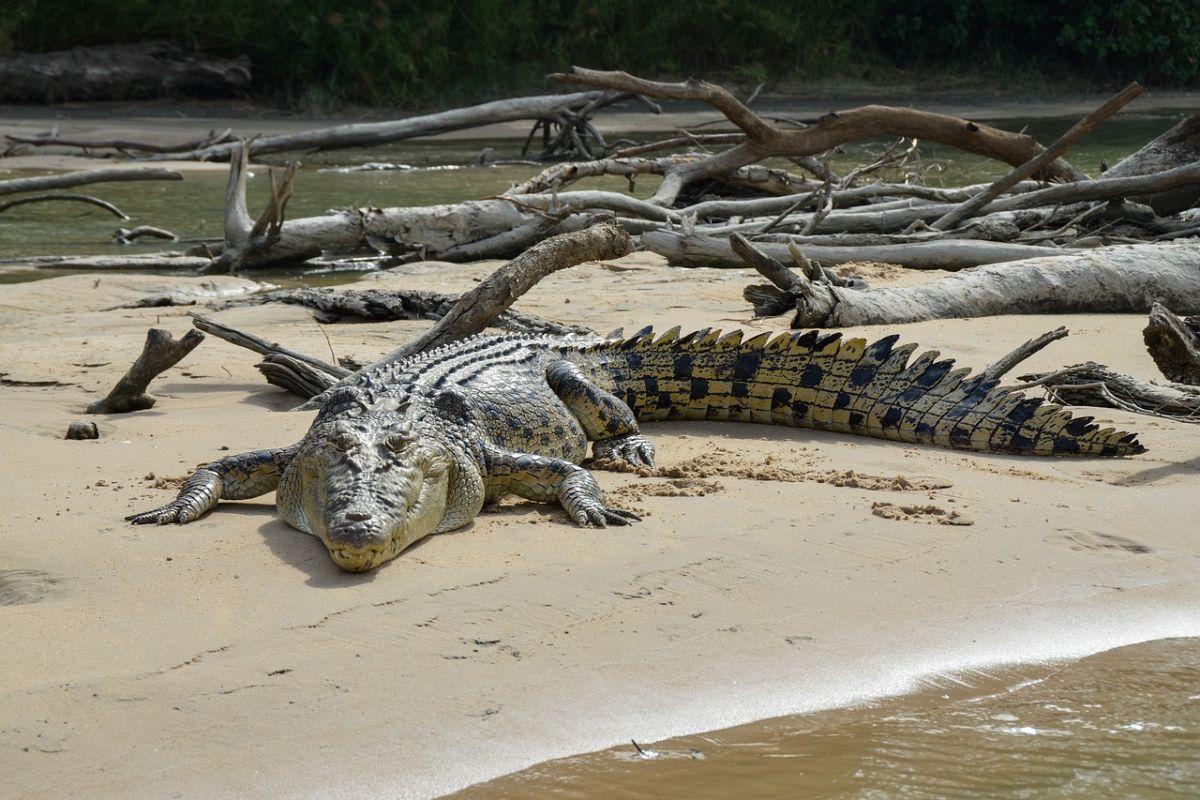
- Name: Saltwater crocodile
- Scientific name: Crocodylus porosus
- Conservation status:
After the smallest bear in the world comes the largest crocodile and reptile on the planet: the saltwater crocodile. Reaching outstanding lengths of 6.3 m / 21 ft and weights of up to 1,300 kg / 2,900 lb, this force of nature is incredibly strong, aggressive, and large.
Also known as the Indo-Pacific crocodile, the marine crocodile, the sea crocodile, or the estuarine crocodile, it is one of two crocodile species that can tolerate saltwater. It is a hypercarnivorous apex predator that can take on anything within its range, and it ambushes its prey before drowning it.
4. Indochinese leopard
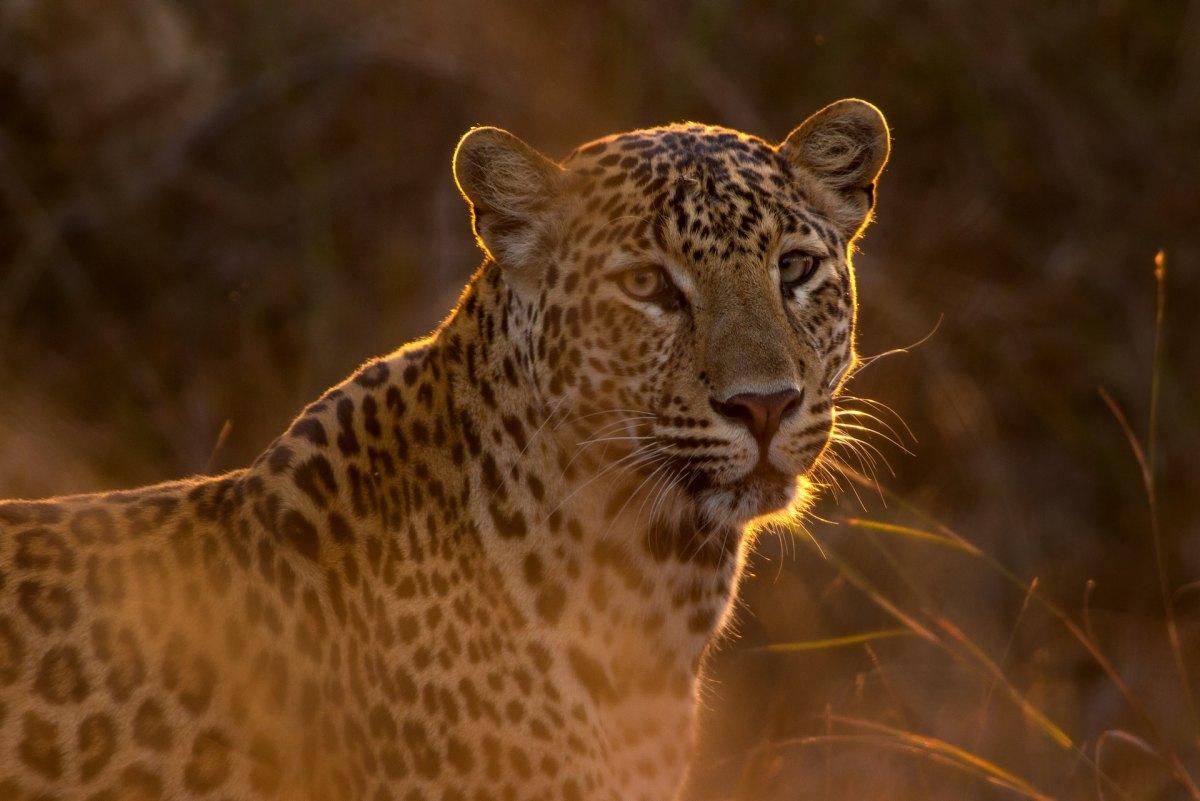
- Name: Indochinese leopard
- Scientific name: Panthera pardus delacouri
- Conservation status:
The Indochinese leopard is a subspecies of leopard native to southern China and southeastern Asia. Outside of protected areas, it is very rare, and its survival is severely threatened by habitat loss and poaching. Its global range has decreased by more than 90 percent over the course of history, and it is now on the brink of extinction, with about 1,000 to 2,500 mature individuals remaining.
This leopard feeds on macaques, deers, and wild boars, and inhabits dense forests.
5. Clouded leopard
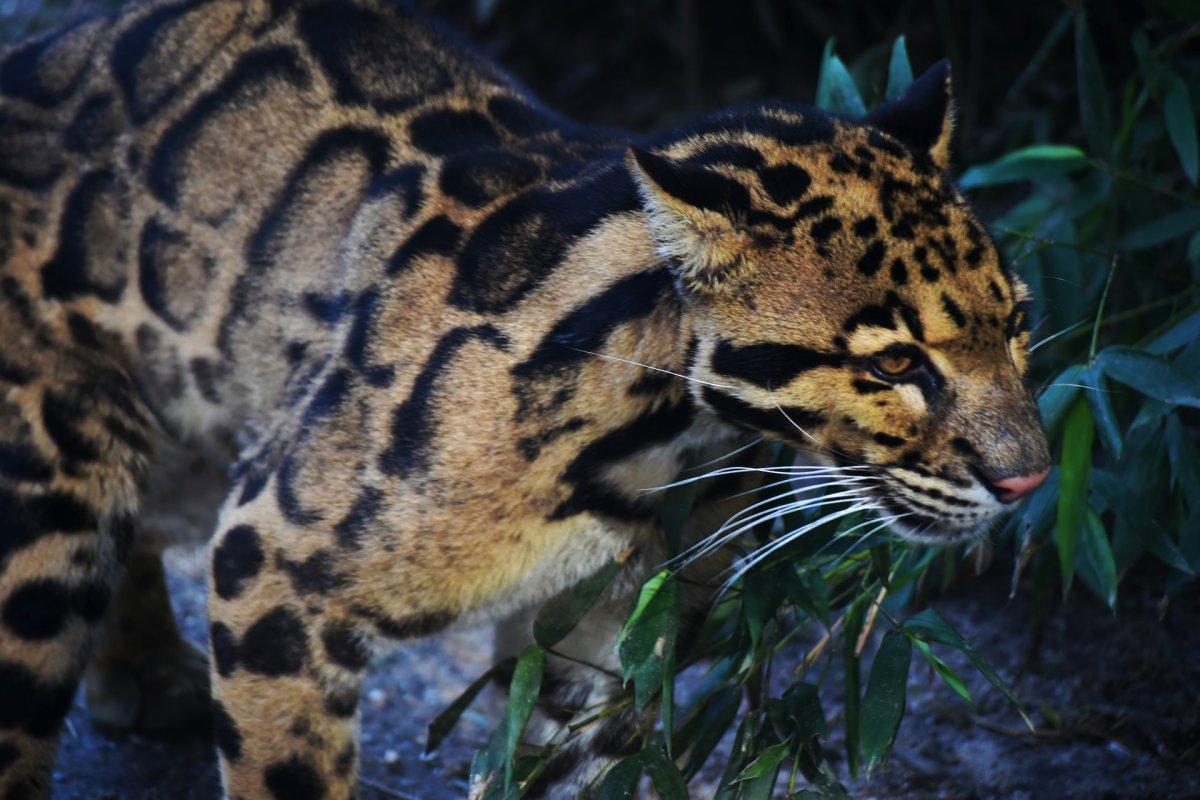
- Name: Clouded leopard
- Scientific name: Neofelis nebulosa
- Conservation status:
The clouded leopard, also known as the mainland clouded leopard, is a large species of felid and the third and last big cat that can be found in Malaysia. It inhabits dense forests, from the hills of the Himalayas to mainland southeastern Asia.
This leopard gets its name from its beautiful, spotted coat, which is also its demise: heavily hunted for it, its population is on the decline, and fewer than 10,000 individuals are left. However, due to its elusive and alert behavior, it is quite hard to find.
6. Sumatran rhinoceros
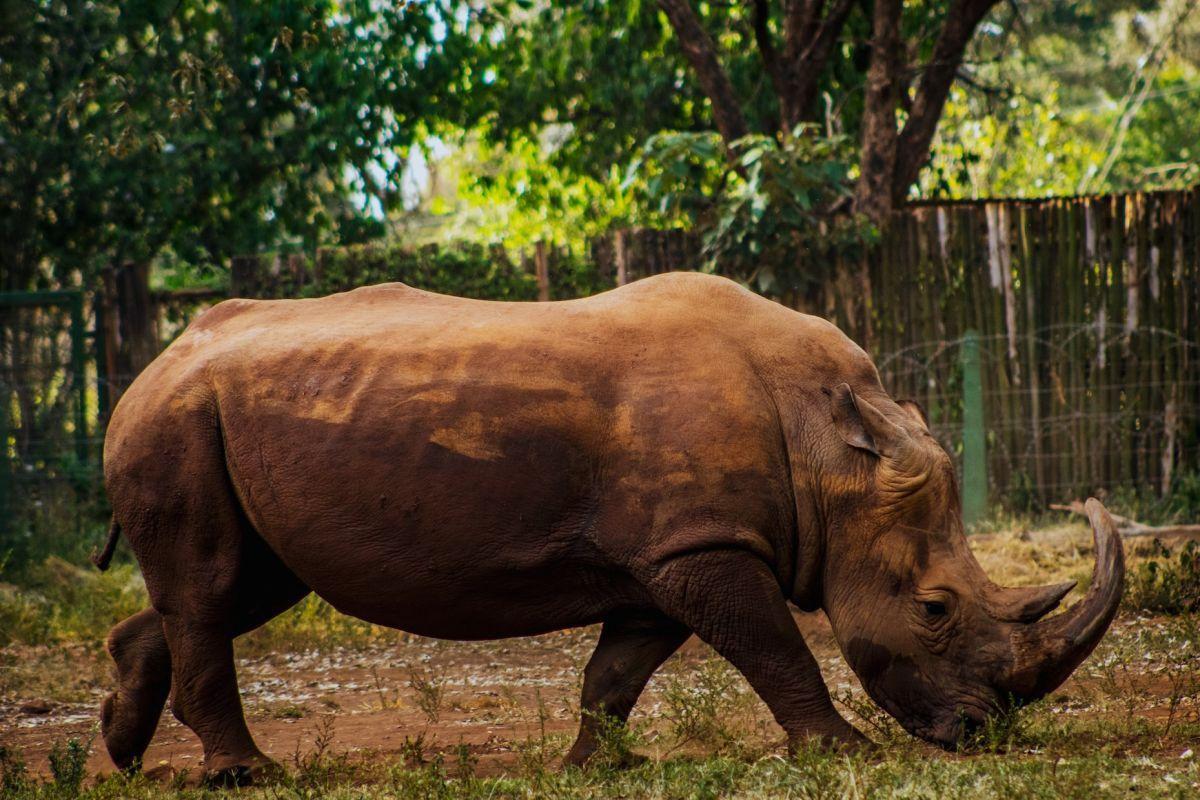
- Name: Sumatran rhinoceros
- Scientific name: Dicerorhinus sumatrensis
- Conservation status:
The Sumatran rhinoceros, also known as the Asian two-horned rhinoceros or the hairy rhinoceros, is one of five species of rhinoceros, native to southeastern Asia. Despite being the smallest of all rhinos, it is still pretty large and averages a weight of 700 to 800 kg / 1,540 to 1,760 lb.
While this rhino used to be found in swamps, cloud forests, and rainforests of India, Bangladesh, Laos, Thailand, China, and Indonesia, only 5 subpopulations are left now, in Borneo and in Sumatra.
7. Bornean bearded pig
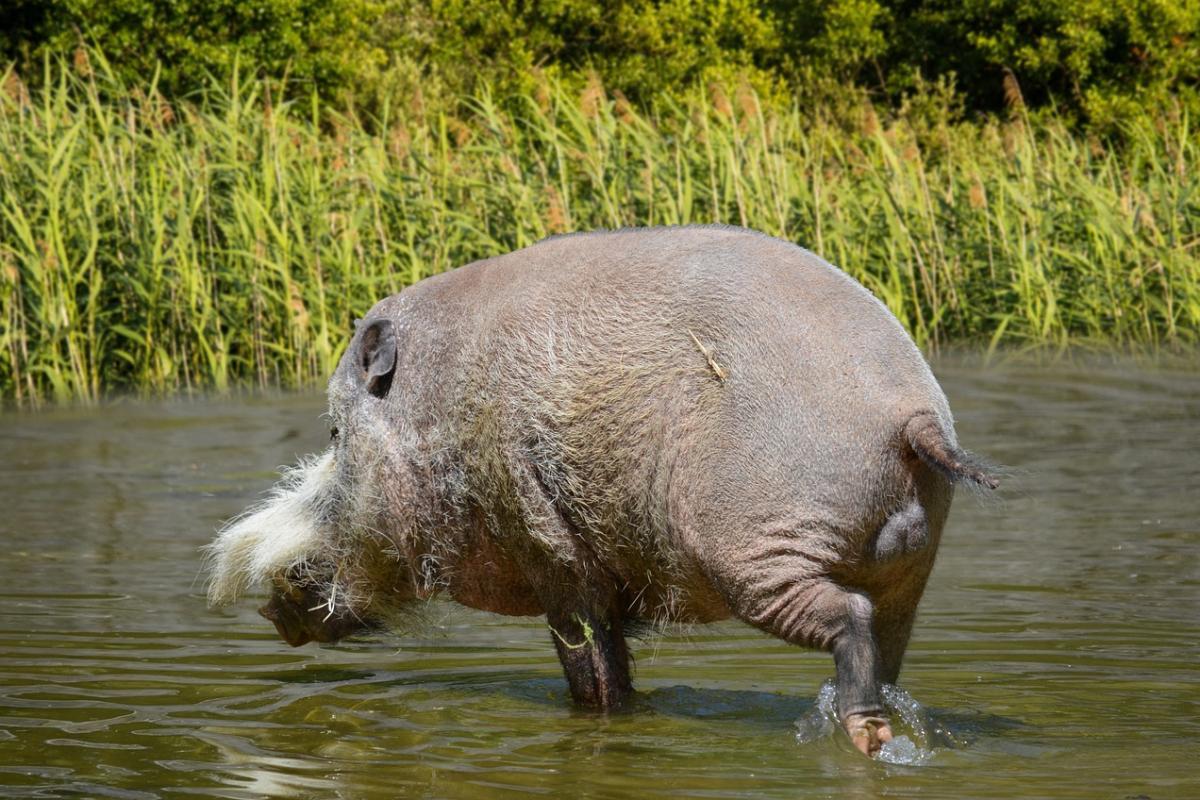
- Name: Bornean bearded pig
- Scientific name: Sus barbatus
- Conservation status:
The Bornean bearded pig, also simply known as the bearded pig, is a truly peculiar creature. It is gray to black, lives in southeastern Asia, from the Malay Peninsula to Sumatra and Borneo, and has a prominent beard. It lives in a family and can reproduce from the age of 18 months.
This pig species can be found in a multitude of zoos around the world, such as London, Berlin, Singapore, Texas, and Malaysia.
8. Wild boar
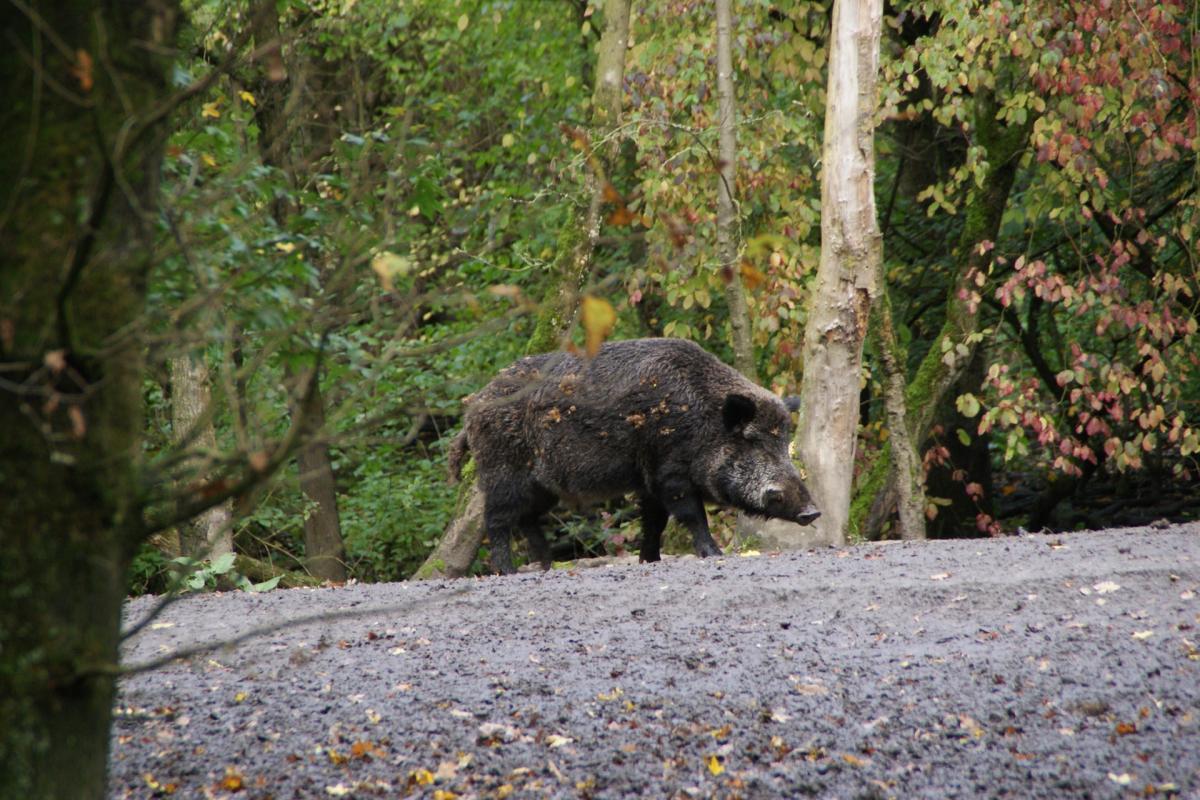
- Name: Wild boar
- Scientific name: Sus scrofa
- Conservation status:
The wild boar, also known as the wild pig, the common wild pig, or the wild swine, is one of the most widespread and common animals on the planet. Originating from Eurasia, it has colonized much of southern and southeastern Asia and has also been introduced to other continents such as the Americas and Oceania.
The reason for the wide success of this boar is its high adaptability, not only in terms of habitats but also regarding its diet.
9. Sambar deer
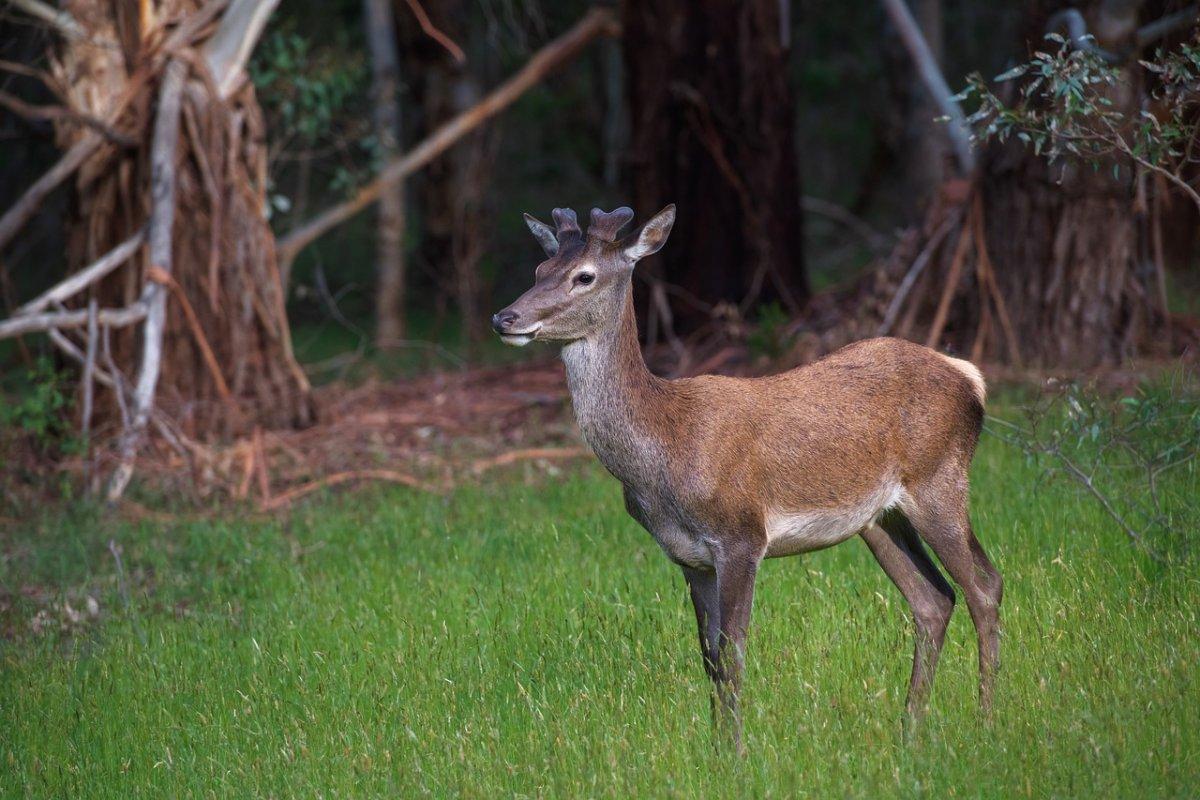
- Name: Sambar deer
- Scientific name: Rusa unicolor
- Conservation status:
The sambar deer is a large species of deer native to southeastern Asia and the Indian subcontinent. Its populations have seriously declined over the course of the past decades, mainly because of local insurgency, industrial exploitation of habitat, and severe hunting. Now, this deer is listed as vulnerable to extinction.
This deer is either nocturnal or crepuscular. While females gather with their young in herds of up to 16 individuals, males are solitary for most of the year.
10. Indian muntjac
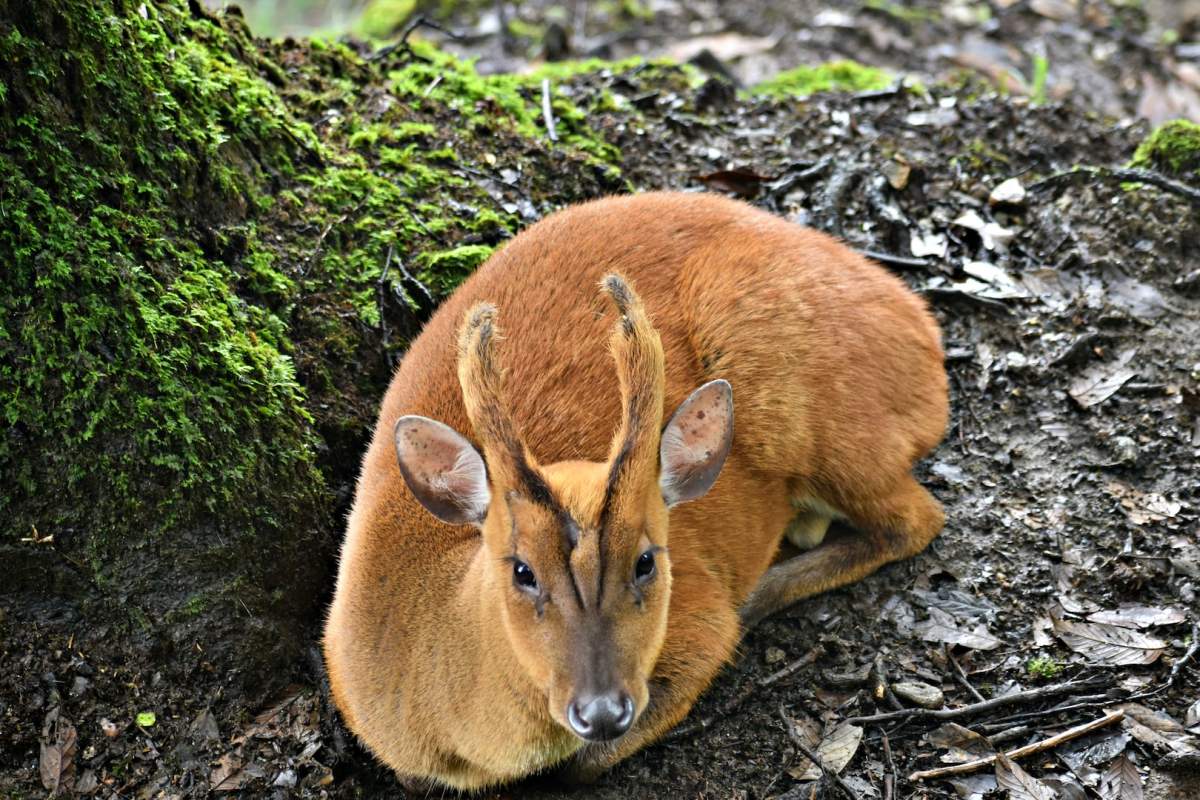
- Name: Indian muntjac
- Scientific name: Muntiacus muntjak
- Conservation status:
The Indian muntjac, also known as the barking deer or the southern red muntjac, is a small species of deer native to southern and southeastern Asia. It has a unique appearance with distinctive antlers on top of its head and is one of the smallest deer species in the world.
This deer is known as the barking deer because of its call (used when threatened or frightened) which literally sounds like a dog barking.
11. Malayan tapir
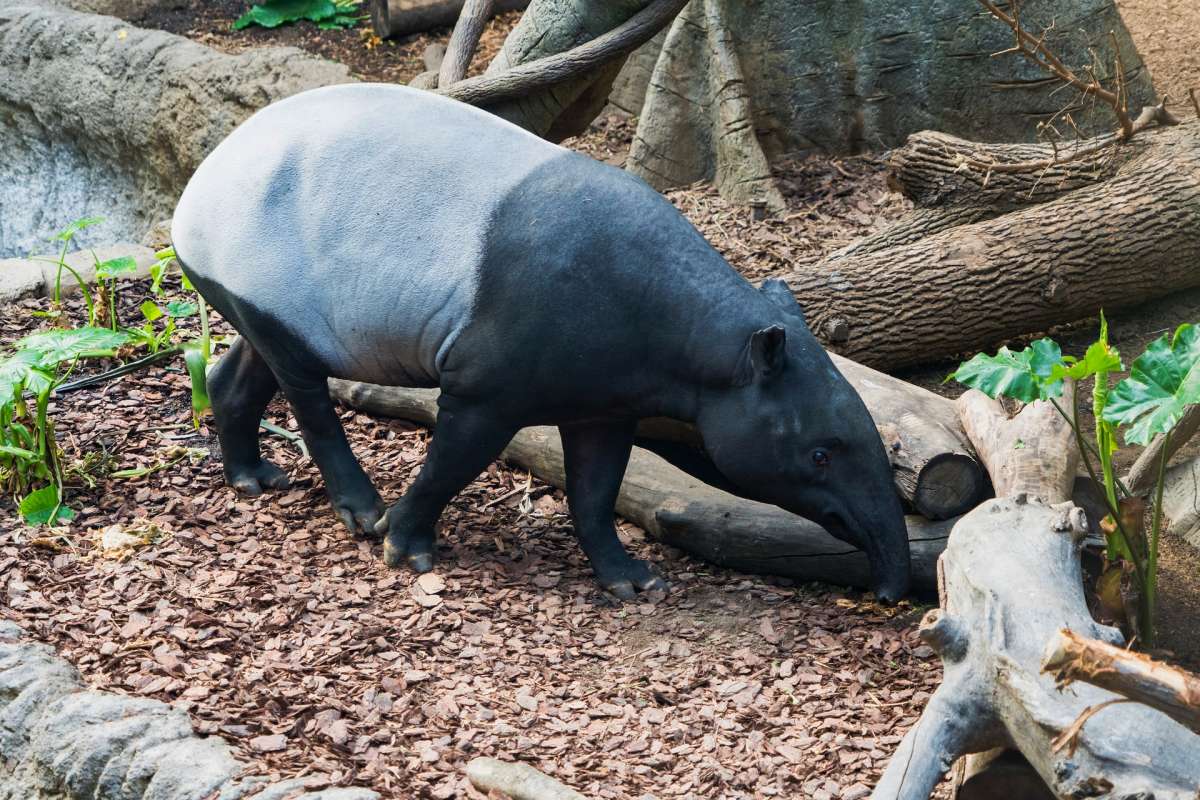
- Name: Malayan tapir
- Scientific name: Tapirus indicus
- Conservation status:
The Malayan tapir, also known as the Indian tapir, the Asian tapir, or the Asiatic tapir, is the only species of tapir native to Southeast Asia. It can be found from Sumatra to the Malay Peninsula and has been considered endangered since 2008, with a population of fewer than 2,500 mature individuals, its main threat being habitat loss due to deforestation, roadkill, and agricultural expansion.
This tapir lives in tropical lowland rainforests and is locally extinct in Borneo.
12. Gaur
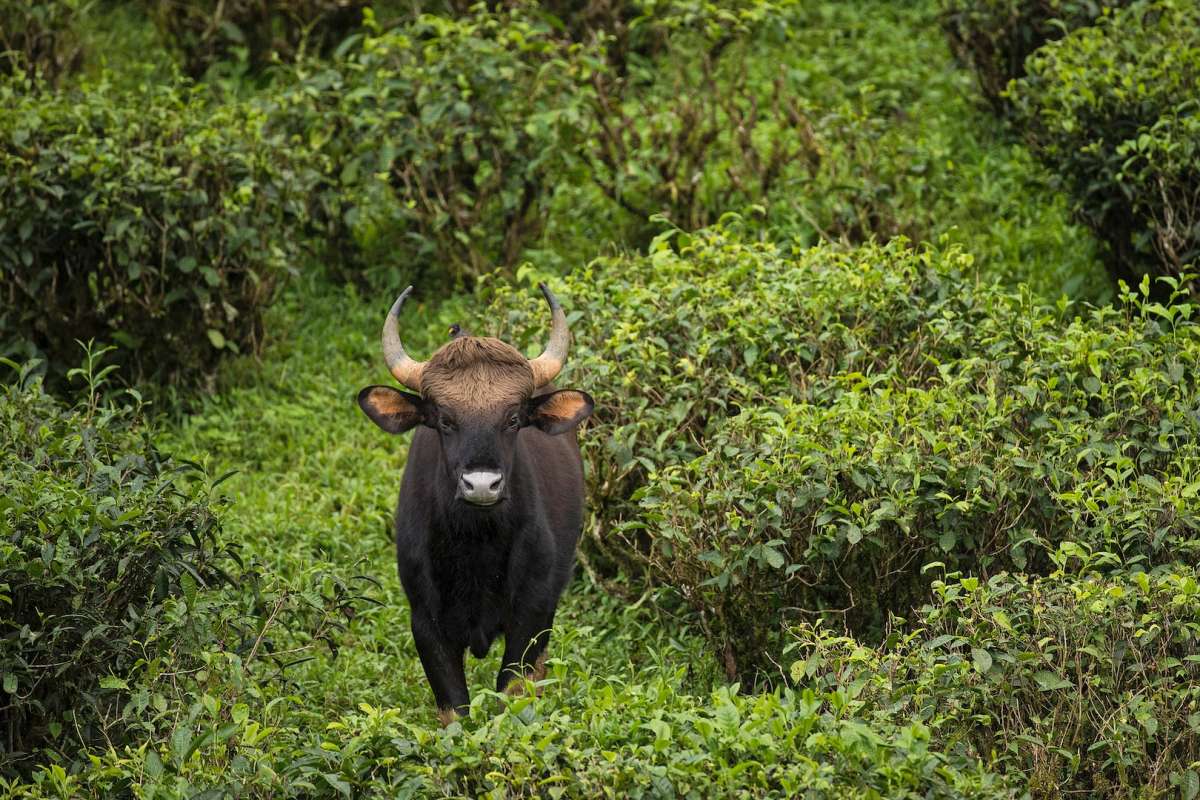
- Name: Gaur
- Scientific name: Bos gaurus
- Conservation status:
The gaur, also known as the Indian bison, is a large species of bovine native to southern and southeastern Asia. Since 1986, it has been listed as vulnerable to extinction, since its population has declined by more than 70 percent over the past 3 generations, and is extirpated from Bangladesh and Sri Lanka.
This mammal is the largest bovid in the world and is massively built. It lives in evergreen and deciduous forests and feeds on bamboo, shrubs, grasses, and trees.
13. Asian elephant
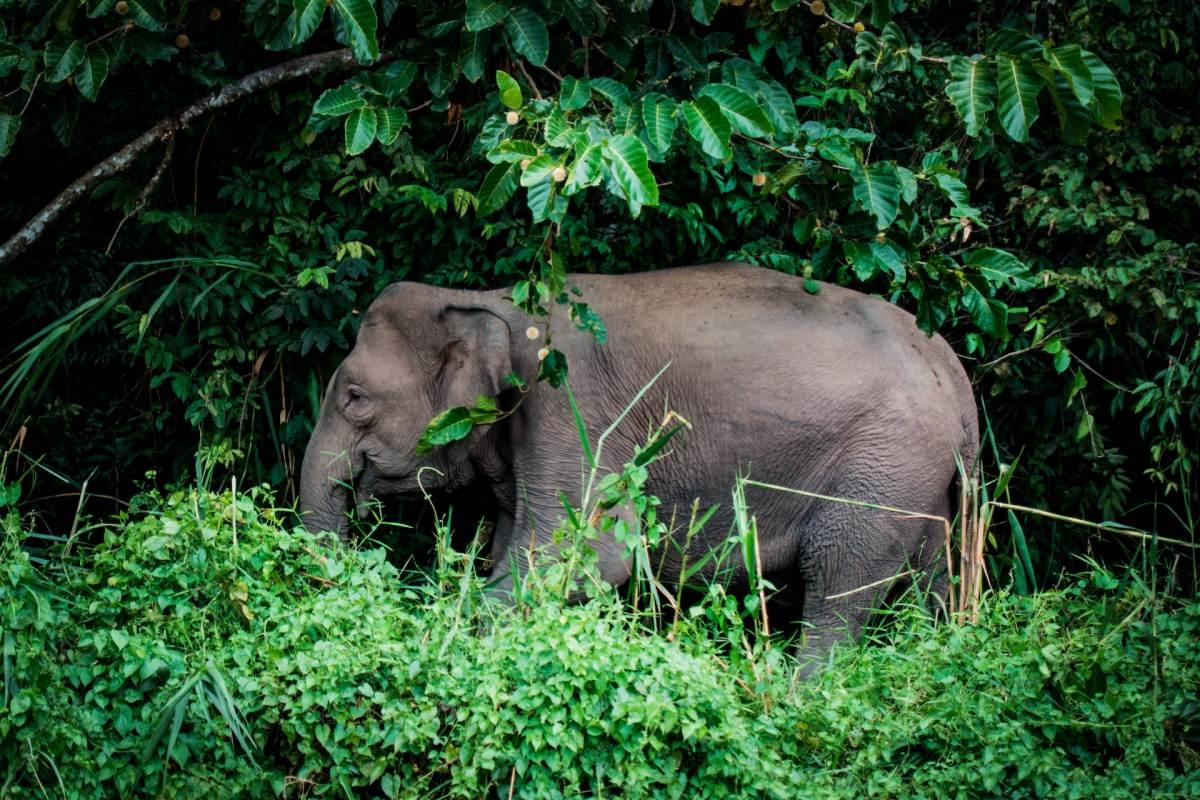
- Name: Asian elephant
- Scientific name: Elephas maximus
- Conservation status:
The Asian elephant, also known as the Asiatic elephant, is the only elephant species outside of Africa. It can be found throughout Southeast Asia and the Indian subcontinent, from Sumatra and Borneo to Nepal and India.
The largest land animal in Asia is considered endangered because of poaching and habitat fragmentation and loss. It is still commonly used as a tourist attraction in countries such as Thailand, and there are around 50,000 individuals in the wild.
14. Siamang
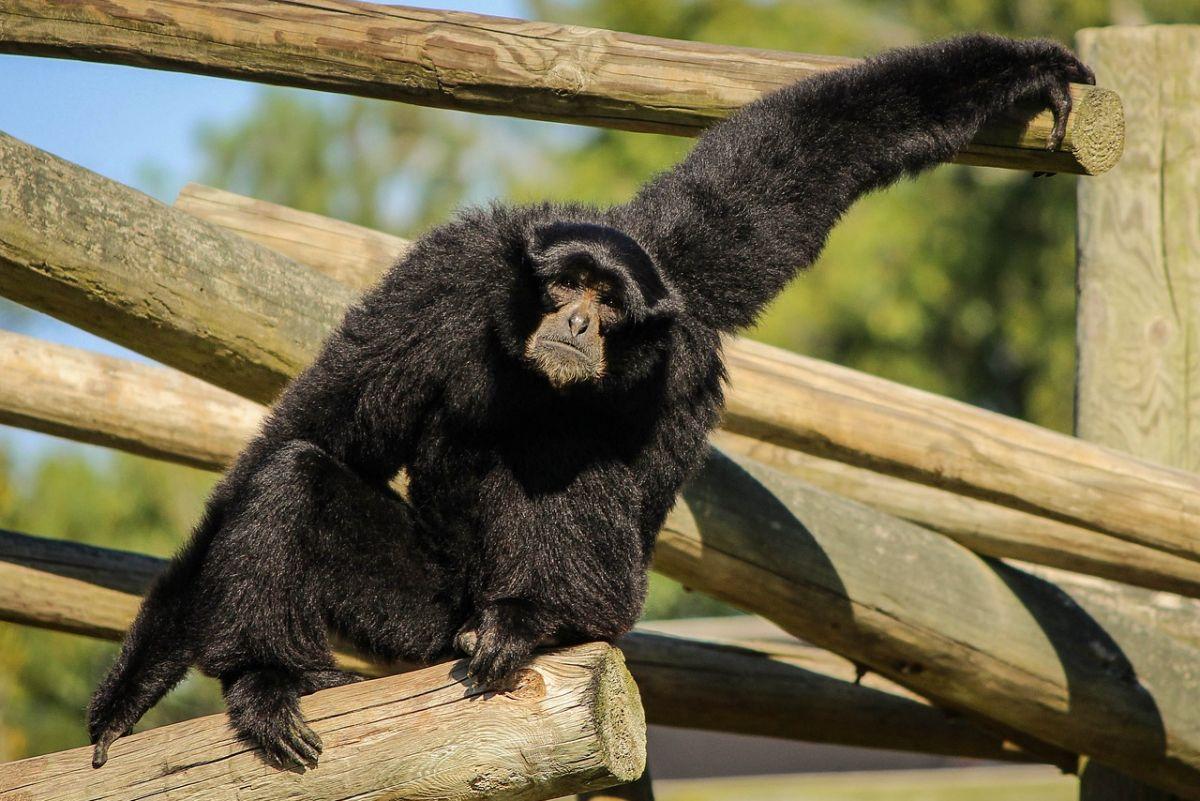
- Name: Siamang
- Scientific name: Symphalangus syndactylus
- Conservation status:
The siamang gibbon is a species of gibbon native to Malaysia, Thailand, and Indonesia. It is arboreal, black-furred, and the largest of the gibbons. It mostly feeds on plants, and fruits such as figs, flowers, and insects.
This primate can live for about 40 years in captivity, and it is seriously threatened by habitat loss due to deforestation and palm oil production, as well as capture for the illegal pet trade.
15. Short-tailed gymnure
- Name: Short-tailed gymnure
- Scientific name: Hylomys suillus
- Conservation status:
The short-tailed gymnure is a small species of mammal native to southeastern Asia. It is reddish brown to dark brown, with light gray underparts, and looks like a large shrew. It can be found in Malaysia, China, Laos, Indonesia, Cambodia, Brunei, Myanmar, Vietnam, and Thailand, and is active both by day and at night.
This mammal inhabits hill and montane forests, at elevations of up to 3,000 m / 9,842 ft above sea level.
16. Otter civet
- Name: Otter civet
- Scientific name: Cynogale bennettii
- Conservation status:
The otter civet, also known as the Sundan otter civet, is a species of semi-aquatic viverrid native to Malaysia, Indonesia, Thailand, and Brunei. Its population is seriously declining, and about half of it disappeared in the past 15 years; its main threats are pollution and habitat destruction.
This civet inhabits lowland primary forests, as well as logged and bamboo forests. It feeds on aquatic animals such as fish, mollusks, and crabs, and can also climb trees to find fruit and birds.
17. Bornean orangutan
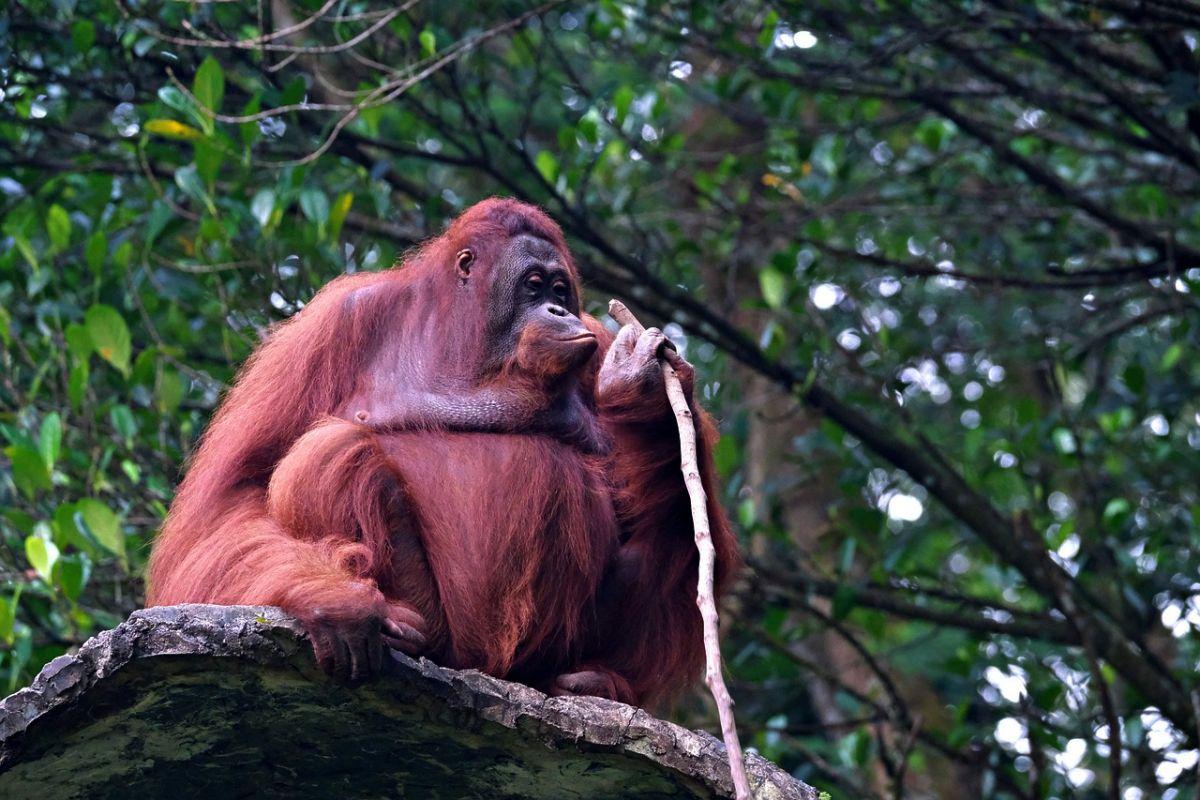
- Name: Bornean orangutan
- Scientific name: Pongo pygmaeus
- Conservation status:
The Bornean orangutan is one of the most iconic Asian animals and an important symbol for the protection of wildlife. It is endemic to the island of Borneo, shared between Malaysia, Indonesia and Brunei, and shares about 97 percent of its DNA with humans. It is the largest ape in the world outside of gorillas, and the largest arboreal animal.
This primate is on the brink of extinction due to hunting, palm oil plantations, and deforestation. Several conservation programs were launched, but it might very well be already too late for one of the world’s smartest and most emblematic animals.
18. Bornean ferret badger
- Name: Bornean ferret badger
- Scientific name: Melogale everetti
- Conservation status:
The Bornean ferret badger, also known as the Kinabalu ferret badger or Everett’s ferret badger, is a small species of mammal endemic to the island of Borneo. It is omnivorous and feeds on anything, from amphibians, insects, fruits, invertebrates, and carrion.
This nocturnal animal is considered endangered because of its very small, restricted range, which only includes Crocker Range National Park and Kinabalu National Park, as well as epidemics, natural disasters, climate change, and habitat destruction.
19. Large bamboo rat
- Name: Large bamboo rat
- Scientific name: Rhizomys sumatrensis
- Conservation status:
The large bamboo rat, also known as the Sumatran rat or the Indomalayan rat, is a large species of rodent that can be found in Malaysia, Indonesia, China, Laos, Cambodia, Myanmar, Thailand, and Vietnam. It can reach a spectacular length of up to 50 cm / 20 in, with a tail of 20 cm / 7.9 in.
As its name suggests, the large bamboo rat mostly lives in bamboo plantations, which is also the main part of its diet. It is hunted for food by local people.
20. Lar gibbon
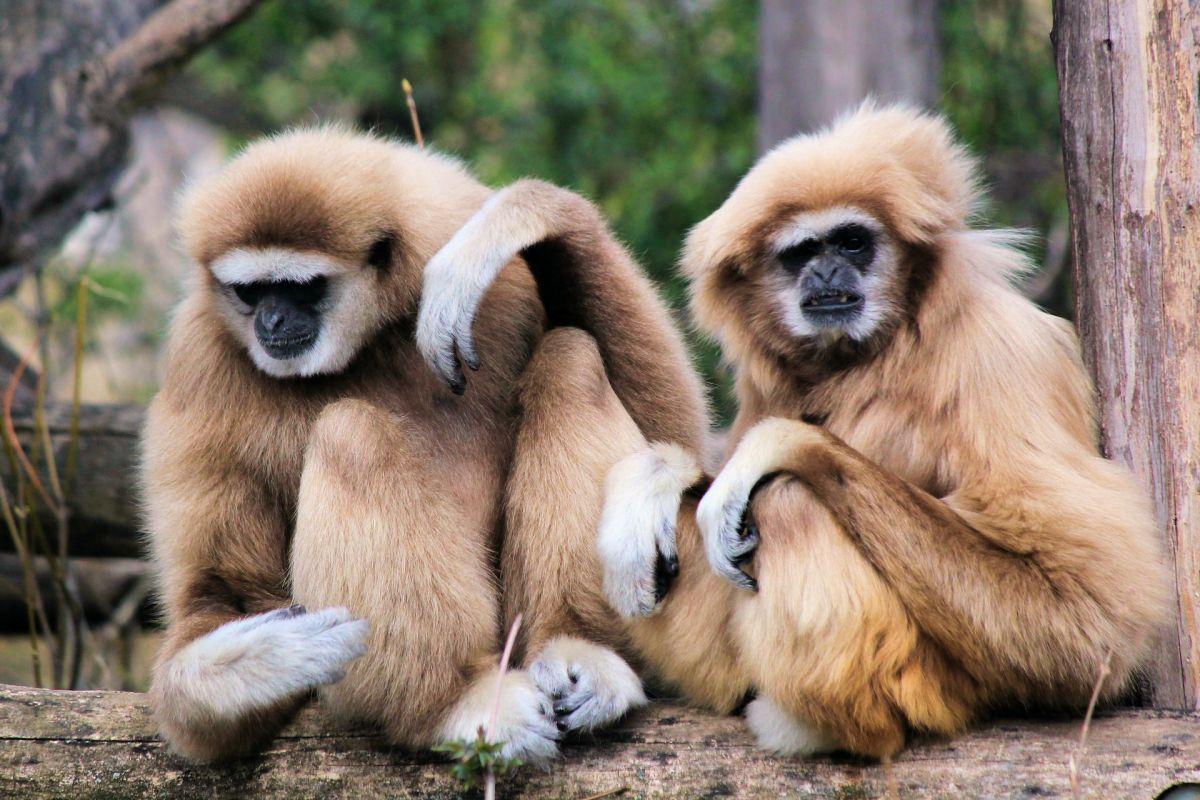
- Name: Lar gibbon
- Scientific name: Hylobates lar
- Conservation status:
The lar gibbon, also known as the white-handed gibbon, is a species of primate native to southeastern Asia. It is considered endangered because of hunting for meat, capture for the illegal pet trade, habitat loss, road construction, ecotourism, illegal logging, and many others.
This gibbon is active by day and is an arboreal animal that is active for about 8.7 hours per day. It spends about a third of its time feeding, and the rest of it is resting, traveling and social activities, in that order.
21. Bay cat
- Name: Bay cat
- Scientific name: Catopuma badia
- Conservation status:
The bay cat, also known as the Bornean bay cat or the Borneo bay cat, is a small species of wild cat endemic to the island of Borneo. Compared to other wild cats that inhabit the same range, it is quite rare and difficult to spot. There are most likely fewer than 2,500 mature individuals left in the wild, and this population is on the decline.
This wild cat is exclusively nocturnal and highly secretive. Nothing is known about its reproductive and feeding behavior.
22. Crested serpent eagle
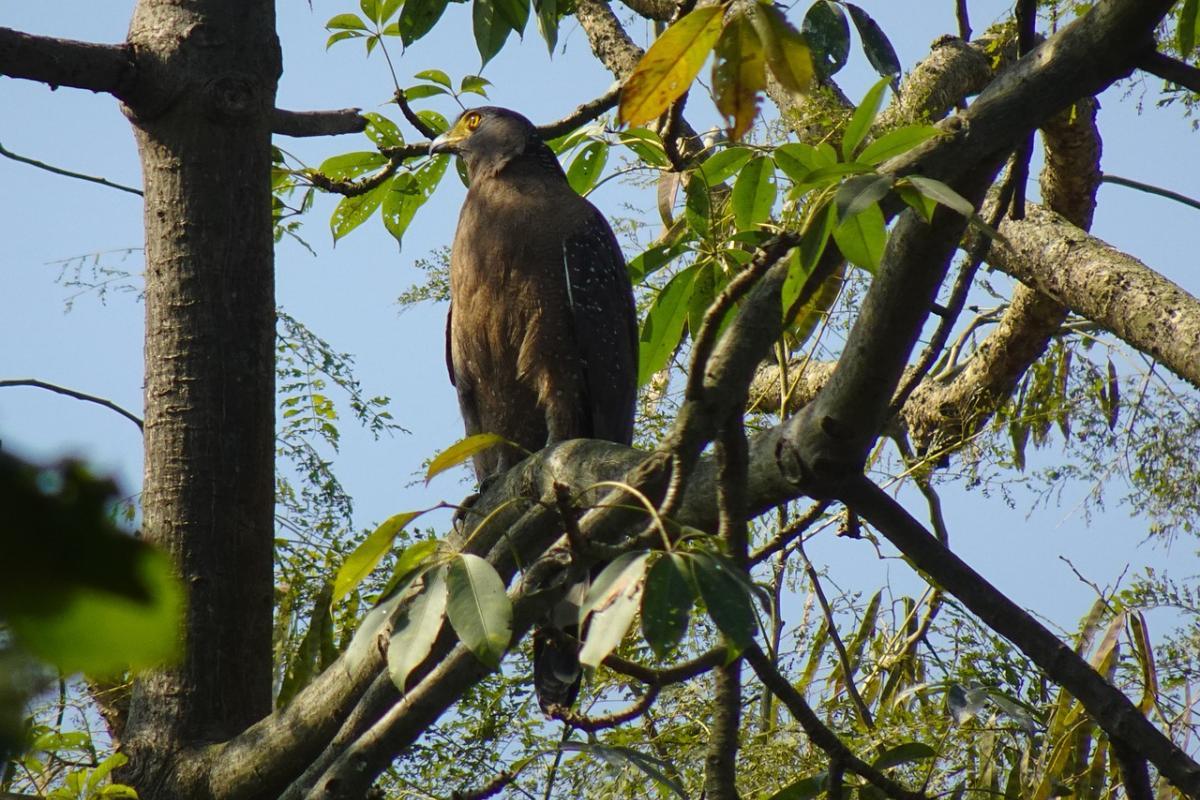
- Name: Crested serpent eagle
- Scientific name: Spilornis cheela
- Conservation status:
The crested serpent eagle is a medium-sized species of bird of prey native to much of tropical Asia. It has a bare, yellow face and unfeathered, powerful feet. It flies over the forest canopy and often uses its loud, distinctive call.
This eagle often feeds on snakes, hence its name, and hunts close to wet grasslands. Outside of snakes, it also hunts for lizards, birds, fishes, mammals, and amphibians, and it particularly likes areas with thick vegetation.
23. Oriental pied hornbill
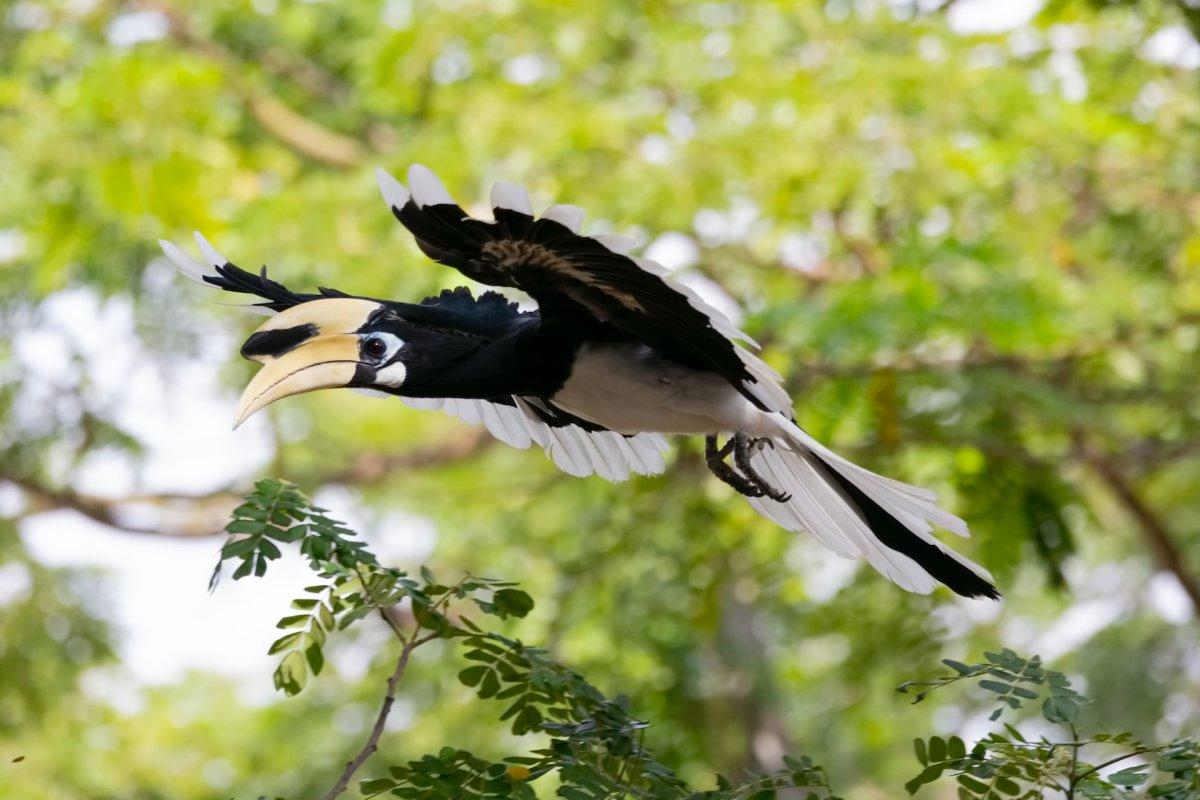
- Name: Oriental pied hornbill
- Scientific name: Anthracoceros albirostris
- Conservation status:
The oriental pied hornbill is one of nine species of hornbills found in Malaysia and the most common of them. It is found from the Indian subcontinent to Southeast Asia and inhabits tropical or subtropical moist lowland forests.
This hornbill feeds on fruit, insects, small reptiles, mammals, birds, and their eggs and shellfish. Thanks to its extremely wide range and high adaptability, it is listed as least concern and faces no particular threats outside of illegal logging and habitat loss.
24. Malayan pit viper
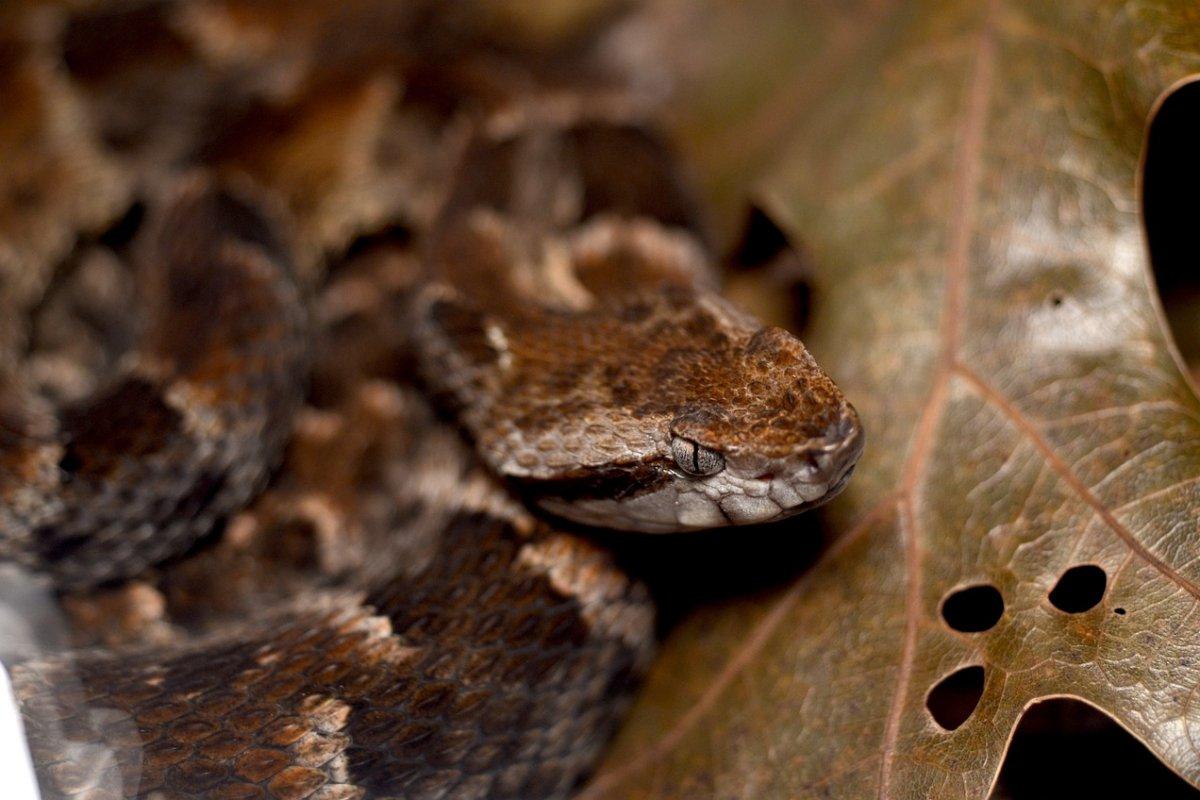
- Name: Malayan pit viper
- Scientific name: Calloselasma rhodostoma
- Conservation status:
The Malayan pit viper, also known as the Malayan ground pit viper, the Malayan ground snake, or the Malayan moccasin, is a species of venomous pit viper endemic to southeastern Asia, from Thailand to Malaysia and Java.
This viper inhabits bamboo thickets, overgrown farmland, plantations, and their surrounding forests and coastal forests. It mainly preys on mice and rats and has a reputation for being bad-tempered. It is responsible for 700 snake bite incidents per year, with a mortality rate of around 2 percent.
25. Asian water monitor
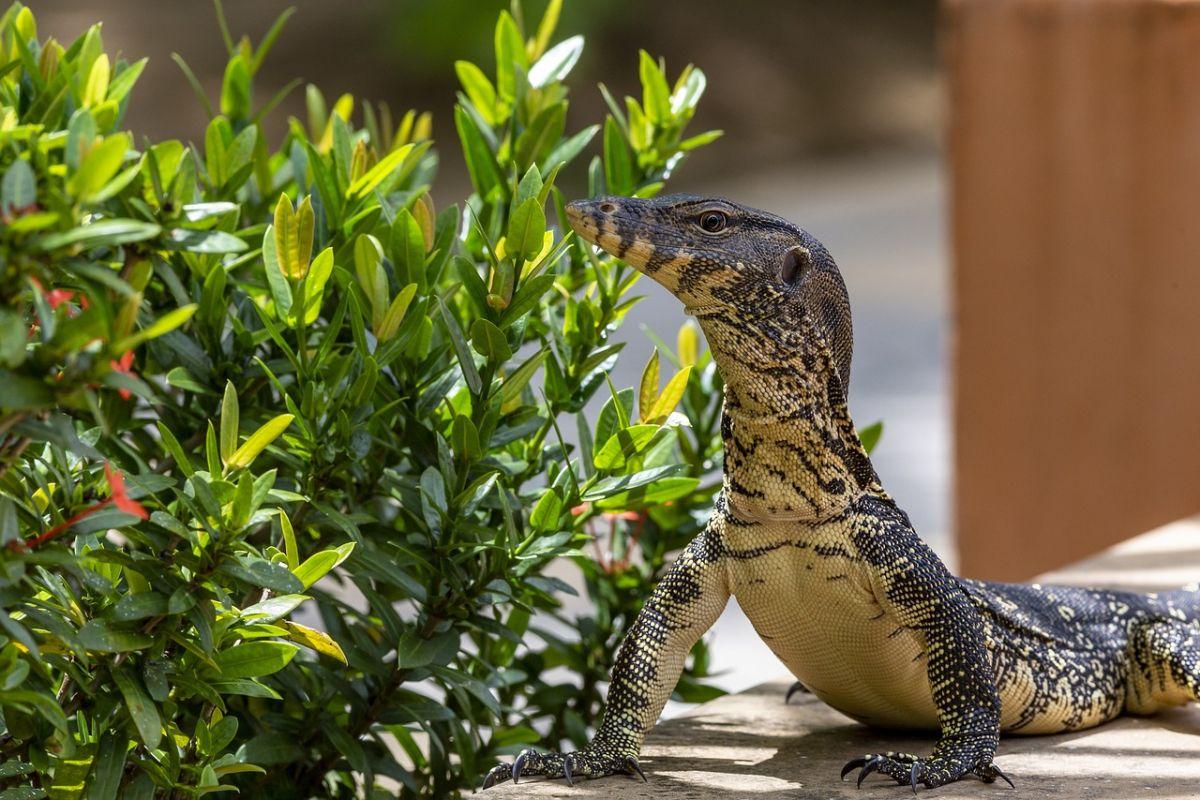
- Name: Asian water monitor
- Scientific name: Varanus salvator
- Conservation status:
The Asian water monitor, also known as the Malayan water monitor, the no-mark lizard, the water monitor, the rice lizard, or the ring lizard, is a large species of varanid native to South and Southeast Asia. It is one of the most common monitor lizards with its range and can be found from the coastline of northeast India to mainland Southeast Asia and Indonesian islands.
This reptile may be venomous, and it feeds on fish, turtles, frogs, birds, small rodents, cats, dogs, and crabs.
26. King cobra
- Name: King cobra
- Scientific name: Ophiophagus hannah
- Conservation status:
The king cobra is the deadliest snake in Malaysia, but it is rarely encountered. One of the most famous and widely-known snakes in the world, it is the national reptile of India, and plays a prominent role in Indian mythology and folklore; it is also the main snake used in snake charming.
This cobra is capable of striking a target from very far away, even above the ground, and displays its neck flap when threatened or provoked. However, it usually avoids confrontation with humans when possible.
27. False gharial
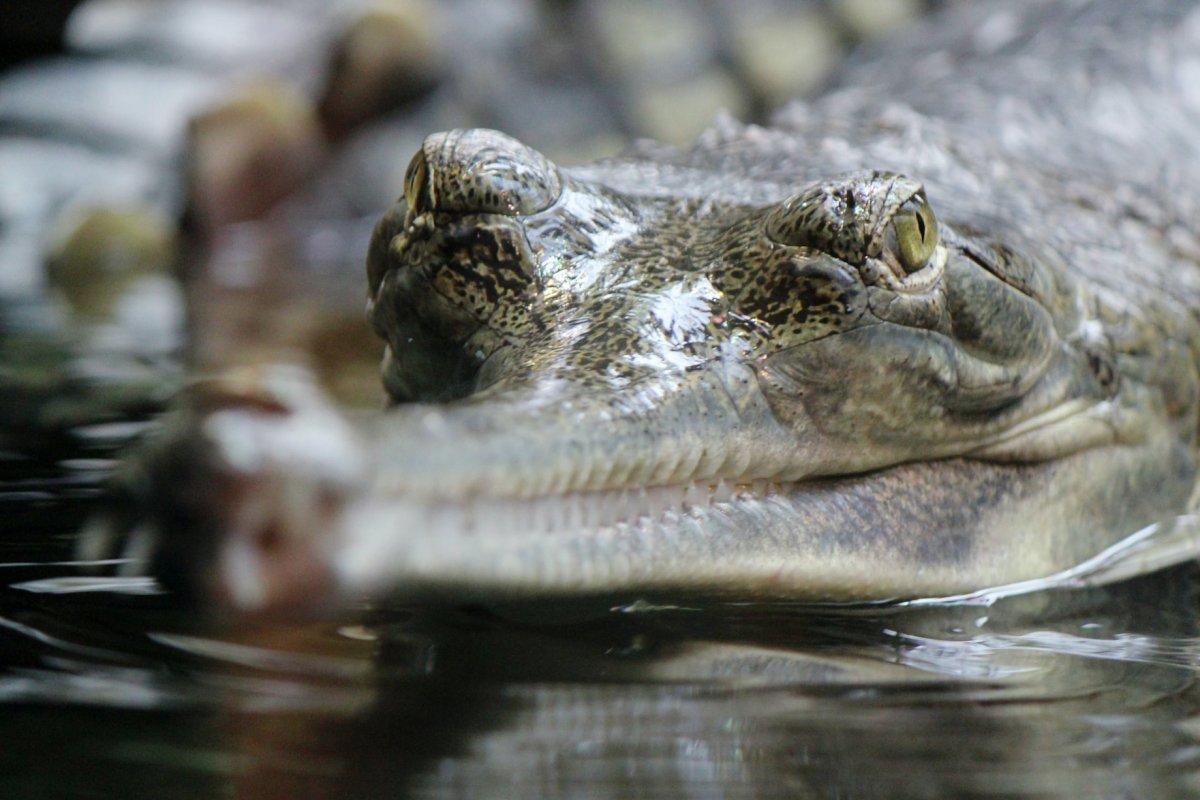
- Name: False gharial
- Scientific name: Tomistoma schlegelii
- Conservation status:
The false gharial, also known as the Malayan gharial, the tomistoma, or the Sunda gharial, is a species of crocodilian native to the Malaysian Peninsula, Sumatra, Borneo, and Java. It is a freshwater crocodile with a population of around 2,500 to 10,000 mature individuals.
This reptile is considered vulnerable to extinction and faces serious threats such as the drainage of freshwater swamplands, deforestation, overhunting, and egg harvesting (yes, for human consumption!).
28. Dugong

- Name: Dugong
- Scientific name: Dugong dugon
- Conservation status:
Not only does Malaysia have one of the most incredible terrestrial wildlife, but being surrounded by the Indo-Pacific, an extremely fertile area, it also has fantastic marine life, such as the dugong.
The dugong is a species of marine mammal related to manatees. It can be found around the coasts of the Indo-West Pacific, in about 40 countries and territories. It has been hunted for thousands of years for both its oil and meat and is now listed as vulnerable to extinction.
29. Whale shark
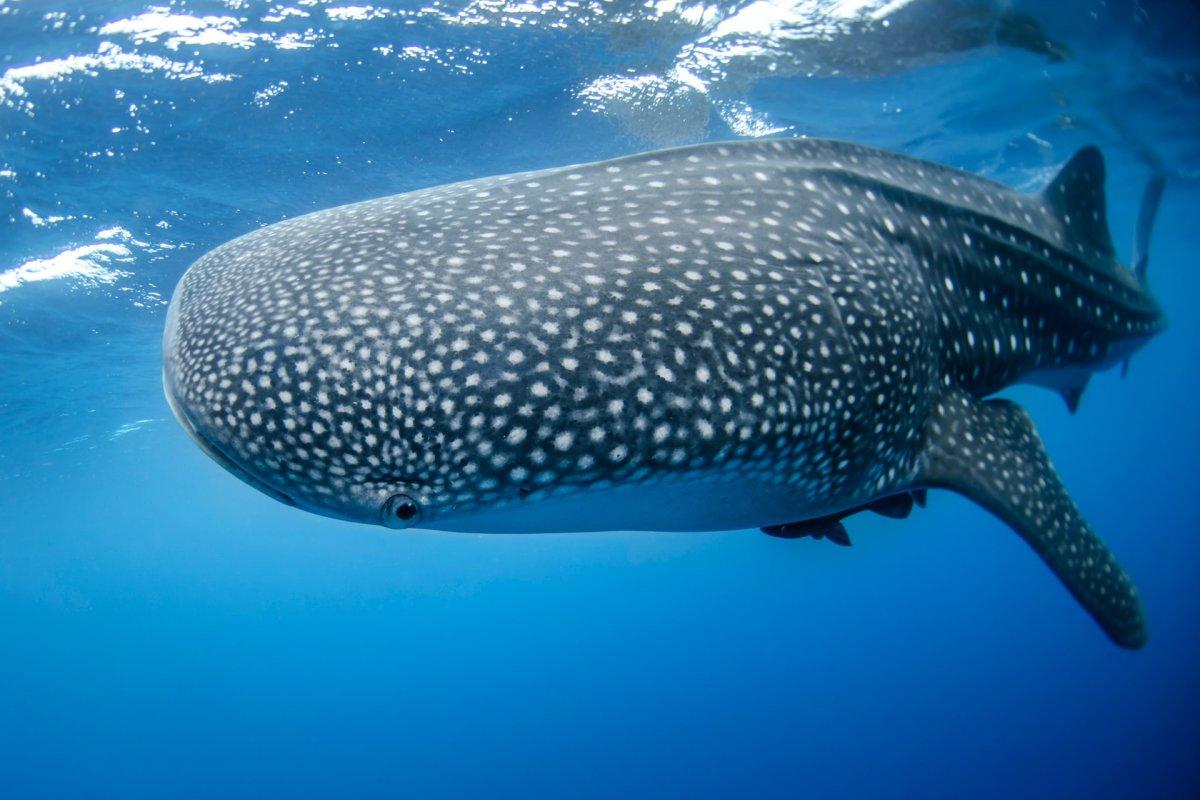
- Name: Whale shark
- Scientific name: Rhincodon typus
- Conservation status:
The whale shark is the largest species of shark, and the largest of all fish, reaching lengths of up to 18.8 m / 61.7 ft. It is a filter-feeding, slow-moving shark that can be found in open waters of the tropical oceans, never below 21 °C / 70 °F.
This shark almost exclusively feeds on small fishes and plankton and is not a threat to humans whatsoever. Despite this, it is considered endangered, mostly because of fishing accidents, vessel strikes, and a very low reproductive rate.
30. Giant oceanic manta ray
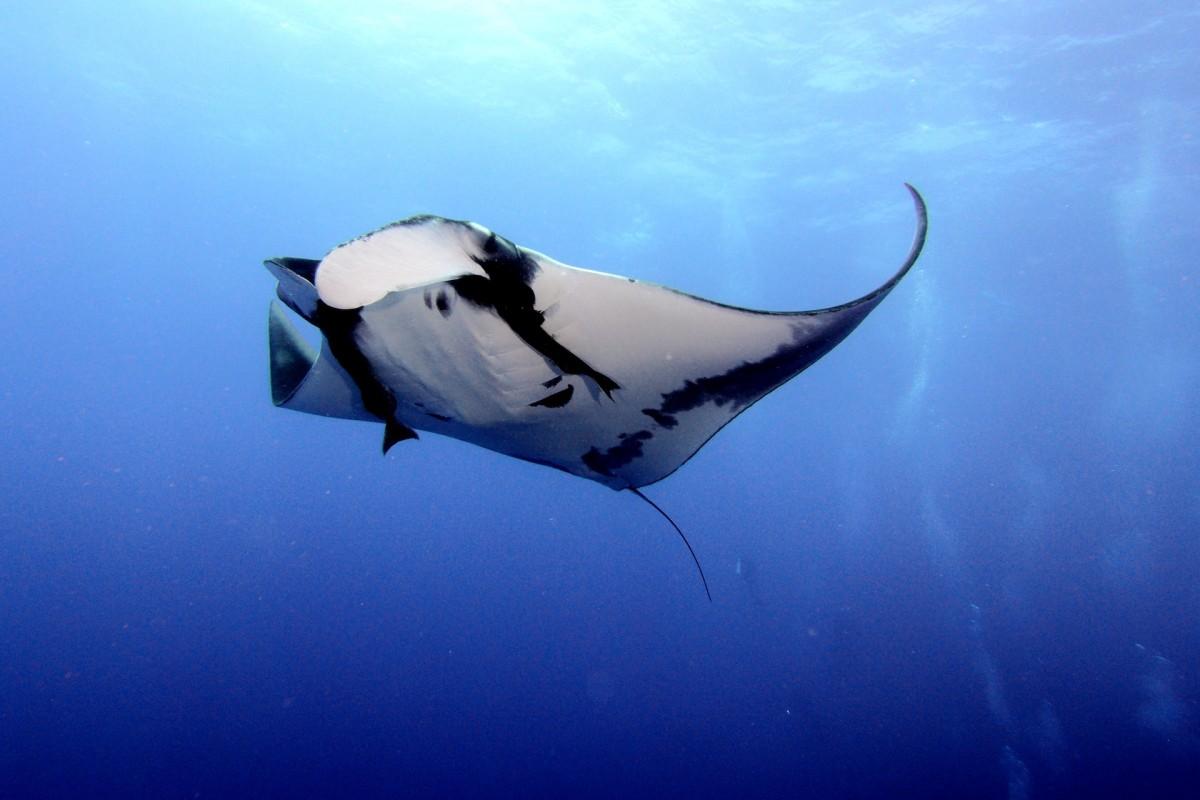
- Name: Giant oceanic manta ray
- Scientific name: Mobula birostris
- Conservation status:
The giant oceanic manta ray, also known as the oceanic manta ray or the giant manta ray, is the largest species of ray in the world. It can be found off the coast of Malaysia, in temperate, subtropical, or tropical waters, and can grow to a disc size of up to 7 m / 23 ft across, and a weight of up to 3,000 kg / 6,600 lb! However, it averages 4.5 m / 15 ft and 2,404 kg / 5,300 lb.
31. Leatherback sea turtle
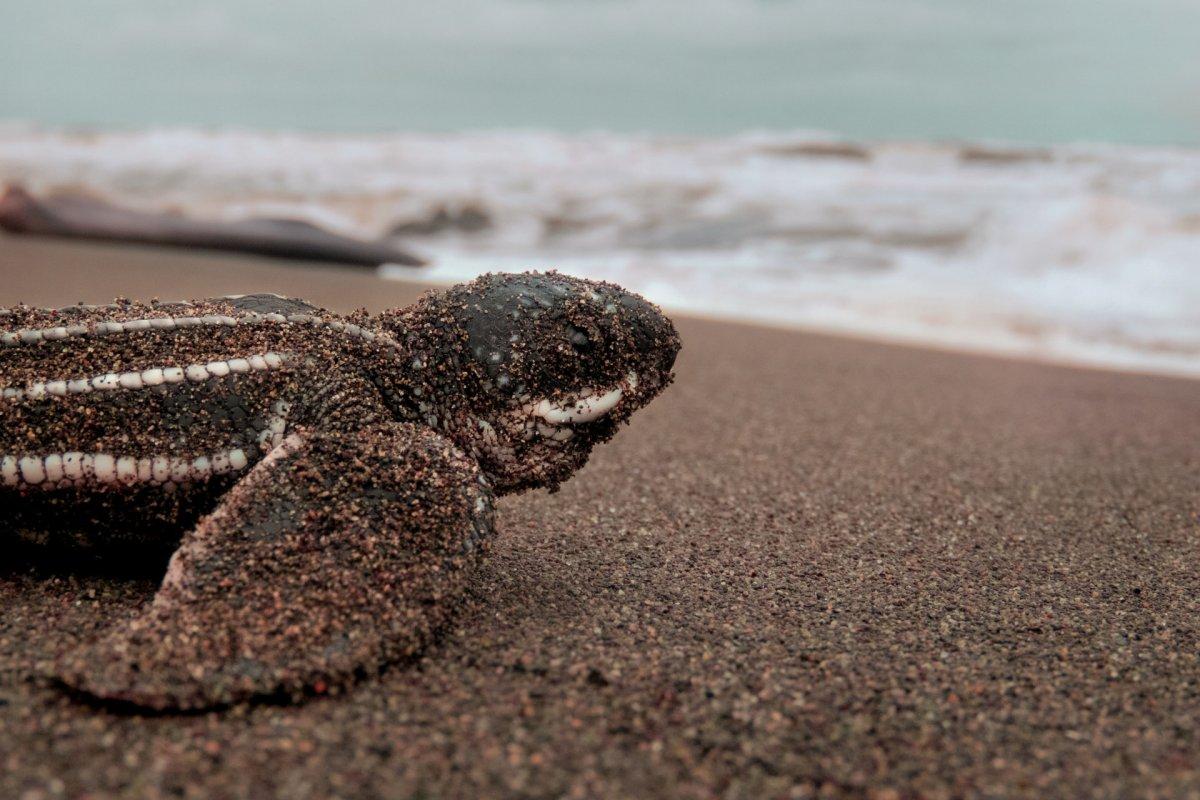
- Name: Leatherback sea turtle
- Scientific name: Dermochelys coriacea
- Conservation status:
After one animal of records comes another: the leatherback sea turtle!
Also known as the lute turtle, the leathery turtle, or simply the luth, it is the largest turtle in the world, and the heaviest non-crocodilian reptile, reaching lengths of up to 2 m / 6.5 ft and weights of 600 kg / 1,322 lb! It is named after its carapace, which is not bony but rather flexible, oily, and leather-like.
32. Gray-headed fish eagle
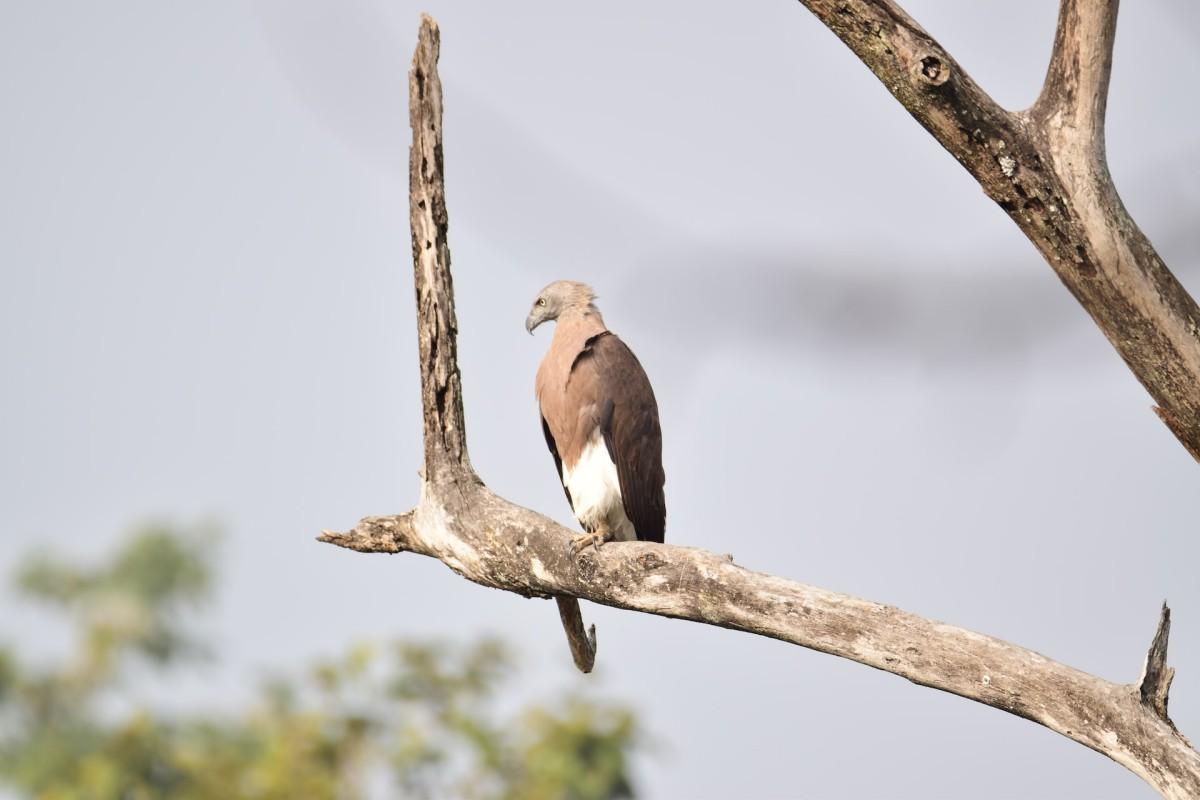
- Name: Gray-headed fish eagle
- Scientific name: Haliaeetus ichthyaetus
- Conservation status:
The gray-headed fish eagle is a species of bird of prey native to southeastern Asia. As its name implies, it almost exclusively feeds on fish and can be found in a wide range from India to Malaysia and the Philippines. It inhabits lowland forests at elevations up to 1,500 m / 4,921 ft above sea level, and nests next to a body of water.
This eagle is listed as near threatened and suffers from habitat loss, overfishing, persecution, pollution, and human disturbance.
33. Paradise tree snake
- Name: Paradise tree snake
- Scientific name: Chrysopelea paradisi
- Conservation status:
The paradise tree snake, also known as the paradise flying snake, is a species of snake native to southeastern Asia. It does not, of course, actually fly, but can still glide by stretching its body, covering horizontal distances of 10 m / 33 ft!
This snake inhabits moist forests and feeds on bats and lizards. It is mildly venomous and lives in countries such as Malaysia, Thailand, Cambodia, India, and Myanmar.
—
So there you have it, this was my list of animals in Malaysia. I hope you enjoyed this list and that you learned something new today.
In case you want to learn more about Malaysia wildlife, feel free to keep reading, as I still have lots of things to tell you about:
Endangered Animals of Malaysia
This is definitely the saddest part of the list, but it is very important to raise awareness. Because of this, let’s go through the list of endangered animals in Malaysia.
Here are the animals in danger of extinction in Malaysia.
- None
- Javan rhinoceros
- Malaysian giant turtle
- Asian narrow-headed softshell turtle
- Helmeted hornbill
- Sunda pangolin
- and 68 more…
- Masked finfoot
- Bornean peacock-pheasant
- Malay tapir
- Otter civet
- Gray reef shark
- and 140 more…
To see the full list of endangered species in Malaysia, head over to the International Union for Conservation of Nature’s Red List.
What is the National Animal of Malaysia?
The national animal of Malaysia is the Malayan tiger.
The Malayan tiger is a subspecies of tiger native to Peninsular Malaysia. It lives in the central and southern parts of the country and is considered critically endangered. In the local Malay language, it is known as “harimau”, and it is seriously threatened by poaching and habitat loss.
This tiger is part of the coat of arms of Malaysia and Singapore. It is part of multiple Malaysian public institutions’ emblems and is an important symbol of bravery and strength. Finally, it gives its nickname to the national football team of the country.
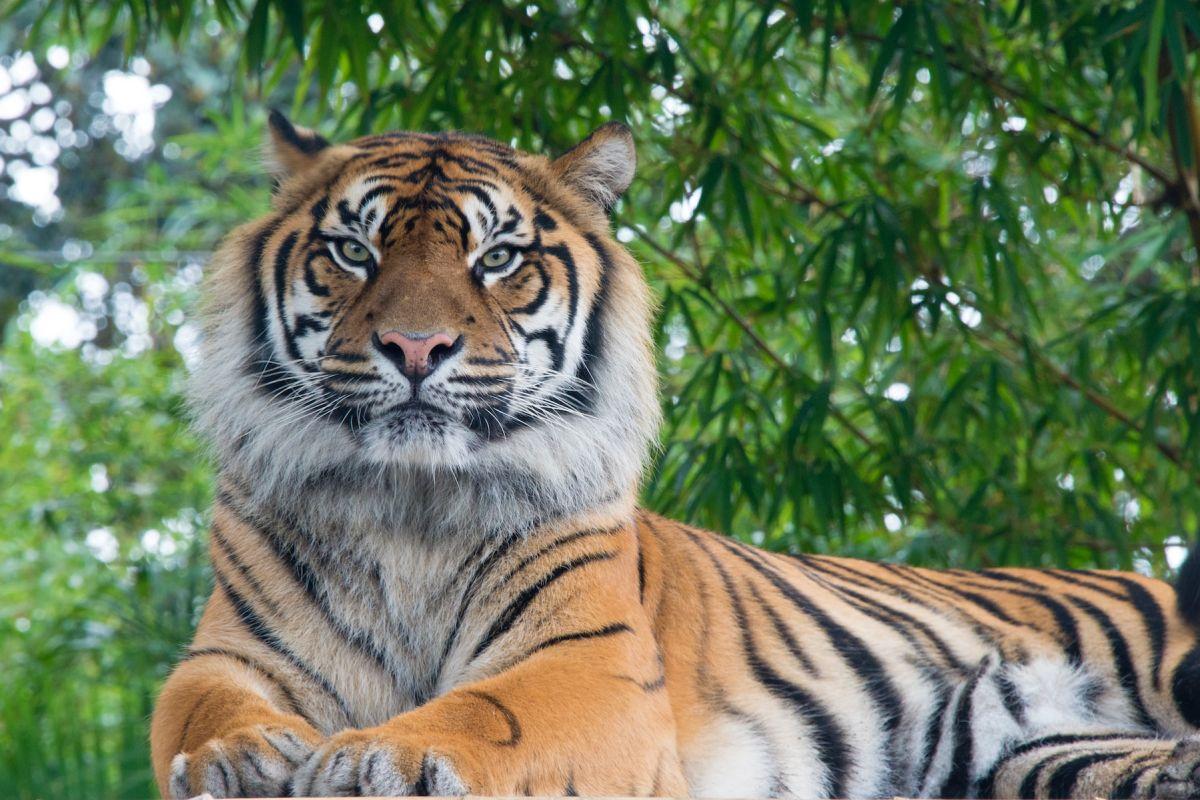
How Many Animals Native to Malaysia?
What is the diversity of native animals in Malaysia?
Let’s look at the total number of species of Chordata (mammals, birds, fishes, and reptiles).
Total number of animal species in Malaysia: 4,533 (15,319 in total in South and Southeast Asia)
What animal only lives in Malaysia?
Most notably, the national animal of the country, the Malaysian tiger, is endemic to Malaysia and can only be found on the Peninsula.
Outside of it, about 200 species of animals are also endemic to Malaysia, such as the Malayan mountain spiny rat, the Malayan water shrew, the Malaysian mole, the Banjaran Timur bent-toed gecko, the convex horseshoe bat or the lesser pygmy flying squirrel.
More About Animals in the World!
Loved these Malaysian wildlife facts? Want to see what animals live in other countries?
Then check out these posts:
Or click here to see ALL the facts up on the blog! Spoiler alert: there’s A LOT of them.
Share the knowledge! Click on the buttons below to share information about these animals that live in Malaysia with your friends, and help them learn more about the world 🙂
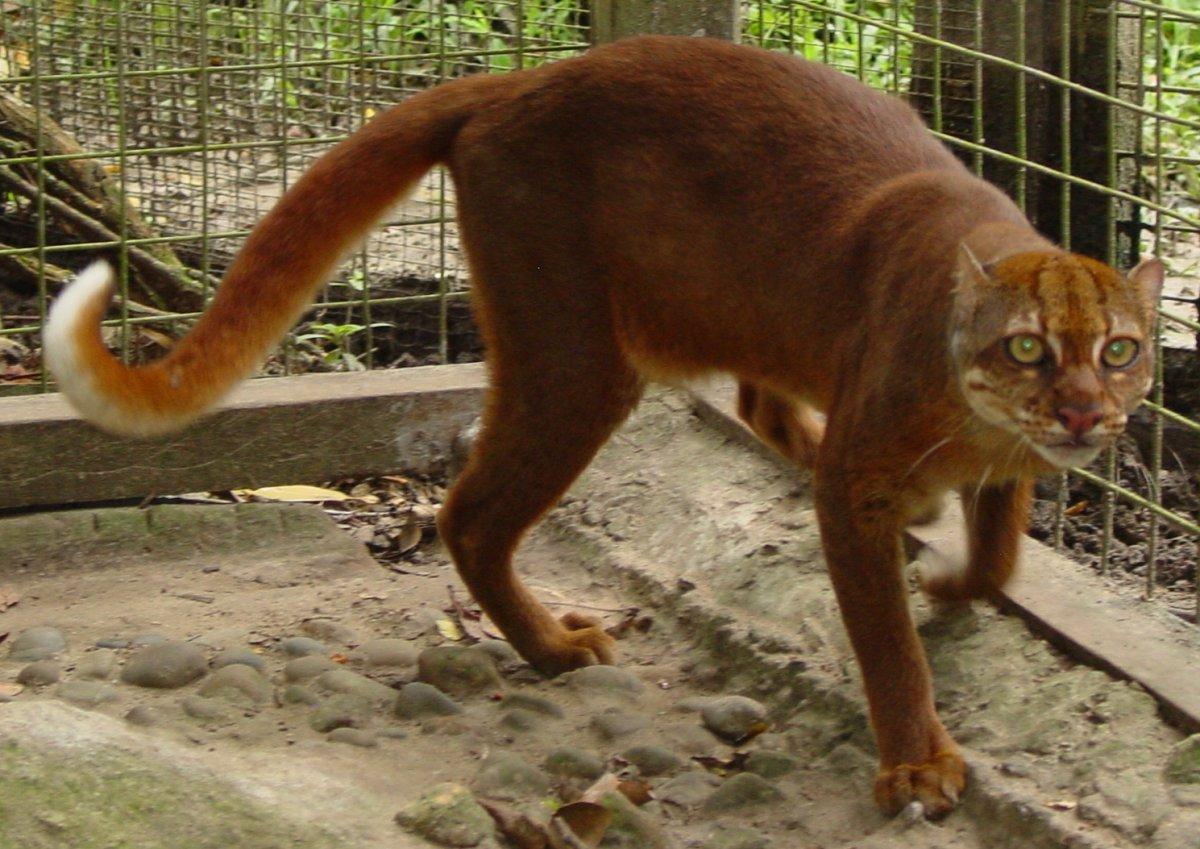
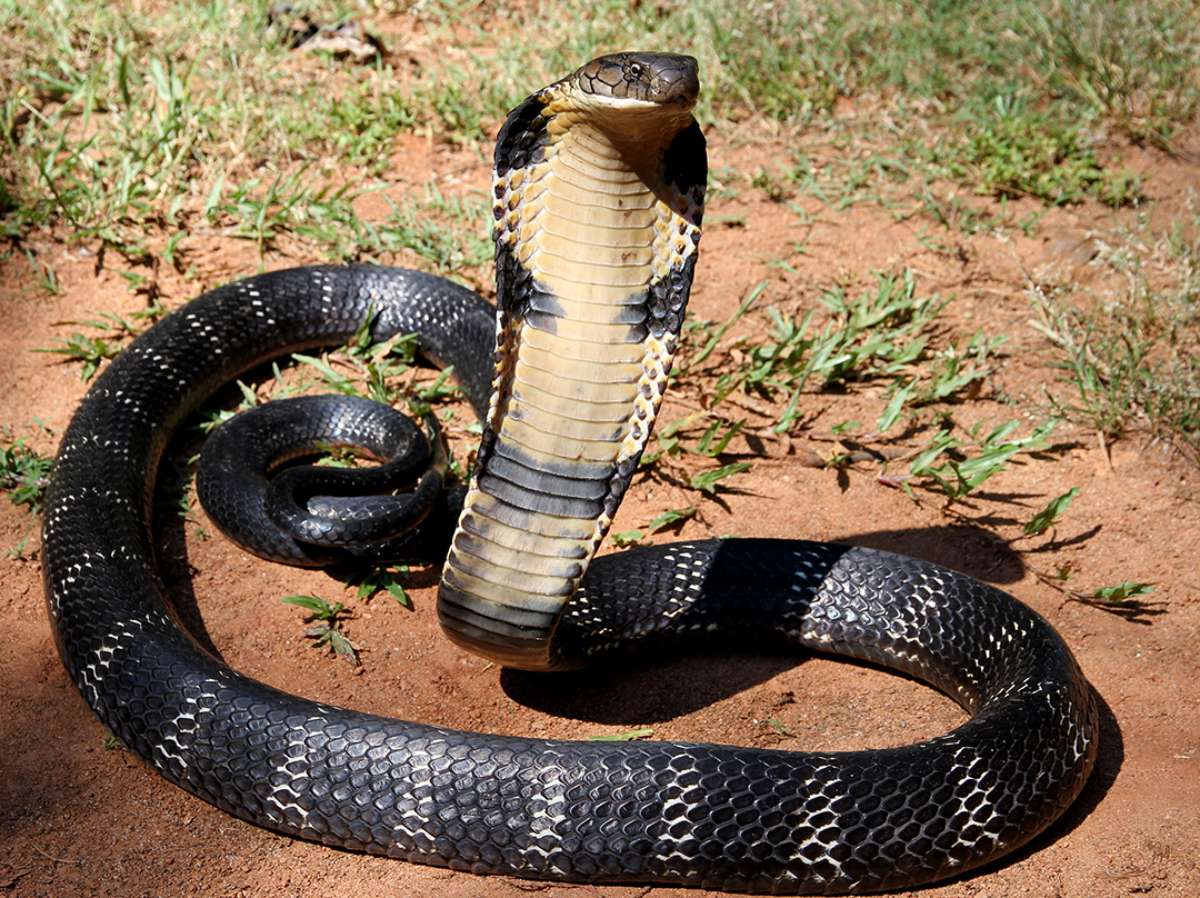
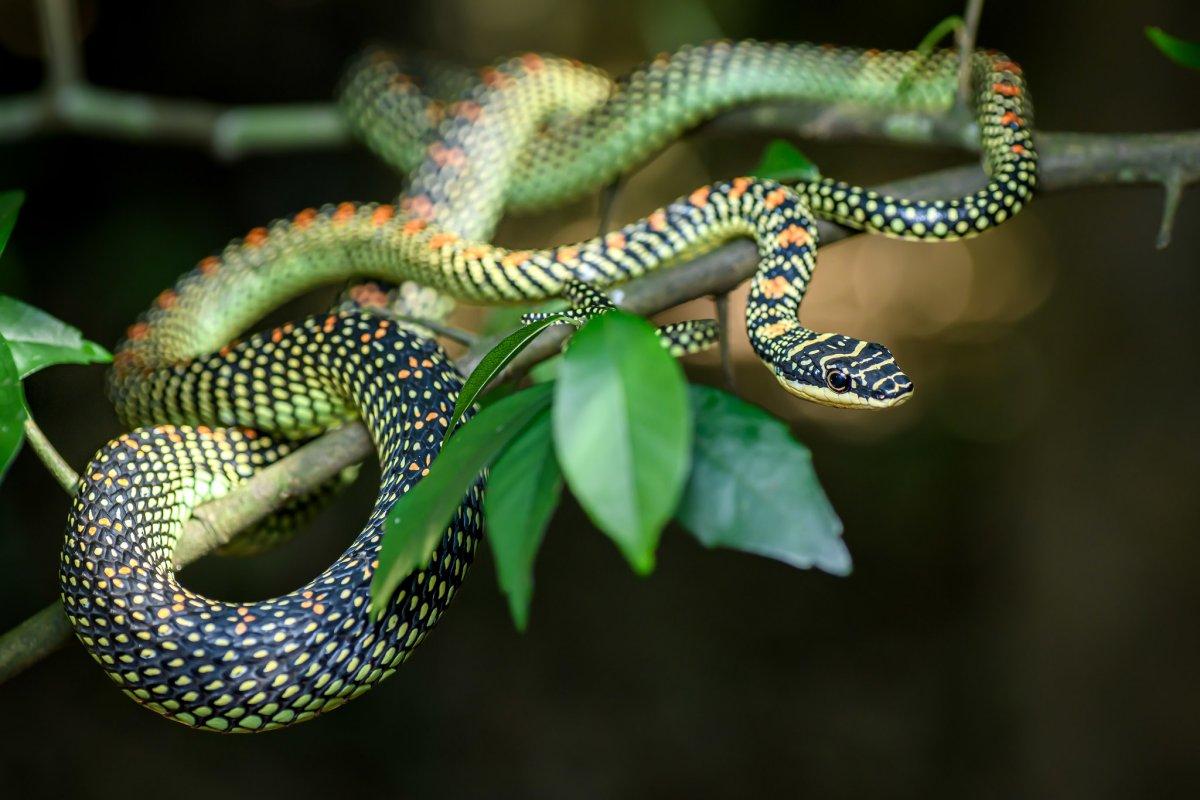

![13 Wild Animals in Comoros [Wildlife in Comoros]](https://www.kevmrc.com/wp-content/uploads/2022/12/13-wild-animals-in-comoros.jpg)
![21 Wild Animals in Switzerland [Wildlife in Switzerland]](https://www.kevmrc.com/wp-content/uploads/2022/11/21-wild-animals-in-switzerland.jpg)
![24 Wild Animals in Peru [Wildlife in Peru]](https://www.kevmrc.com/wp-content/uploads/2022/08/21-wild-animals-in-peru.jpg)
This is not viral yet? Gosh I am sharing this with my friends! LOL.
Thank you for sharing Mena 🙂
This is quite nice. We were doing a group project on Malaysia and this helped us greatly. I see which animals are endangered, extinct, or vulnerable. Amazing job guys! I am sharing this on Facebook, Twitter, and Pinintrest. This is really good website!
Thank you so much for the feedback Dolly! We’re so glad to know that this post helped, and thank you for sharing it 🙂
This is amazing. It is neat organized and I like the summary at the end. All the pictures are great! It is very OBVIOUS that lots of reasearch and work was put on! Amazing job!
Aa…are you the song writer Lana Del Rey? Just wonderin.
No. LOL
Thank you so much Lana for the kind feedback. We’ll keep up the good work! 💪🏽